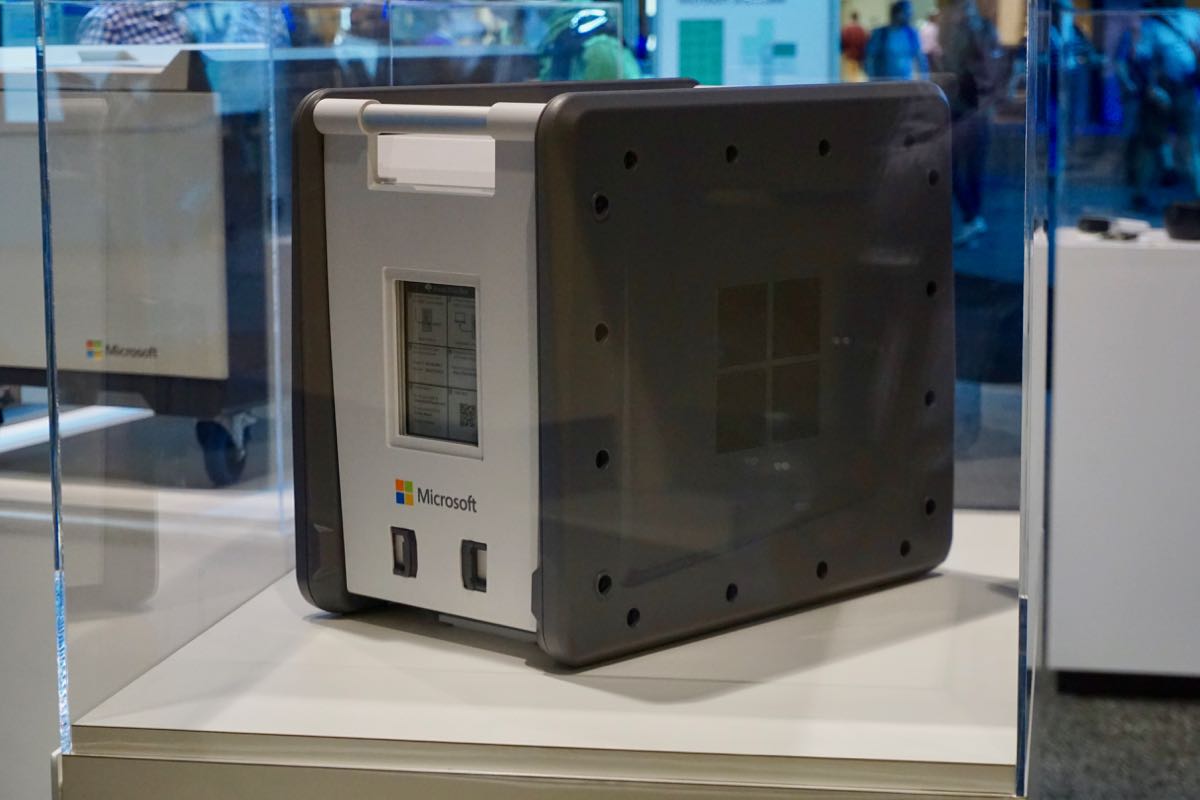Occupational Therapy Evaluation
Child Sensory Profile 2 User's Manual Pdf Maker Occupational therapists often use the Sensory Profile and the Sensory Processing Measure to assess the sensory needs of children. Therefore, it is important that the sensory processing scales that therapists use are reliable. Sensory Profile 2 User´s Manual, Svenskt manualsupplement, Infant Sensory Profile 2, 25 st., Toddler Sensory Profile 2, 25 st., Child Sensory Profile 2, 25 st. samt School Companion Sensory Profile 2, 25 st. 2 Profile Components The Adolescent/Adult Sensory Profileconsists of a User’s Manual and a Self Questionnaire, with a Summary Score Sheet included in the Self Questionnaire. The User’s Manual contains information about the rationale, theory, and development of the Adolescent/Adult Sensory Profile. Anna's sensory processing patterns We conducted an assessment of Anna's sensory processing patterns at home by asking Anna's caregiver to complete the Child Sensory Profile 2. This assessment is a questionnaire for ages 3:0 to 14:11 years in which the caregiver marks how frequently Anna engages in the behaviors listed on the form.
Visit Date: –/–/—-
Name: Robert
Number: 0000
DOB: –/–/—-
Referring Physician:
———————————
Diagnosis Code:
315.4 motor skills developmental delay
Insurance Carrier:
———————————
Concerns:
Decreased Sensory-Perceptual Skills
Decreased Cognitive Skills
Decreased Sustained & Divided Attention
Decreased Motor Coordination
Decreased Visual motor/ graphomotor Skills
History
Robert is a 4-year-old male who has been referred for an occupational therapy evaluation. Robert’s mother reported that there were no complications with his birth, and that he has a diagnosis of Sensory Processing Difficulty 782.0 and Pervasive Developmental Disorder 299.9. His current medications may be found in his chart.

Subjective:
Robert exhibits difficulty with social interactions with peers of his own age. His mother stated that he has improved since he began Pre-K at Daycare, but that she still would like to see further improvements with social interactions with adults and his peers. Robert demonstrates difficulty donning shirt, pants, and socks, and frequently needs assistance for dressing. The mother reports that Robert can independently manipulate most fasteners on his clothing.
Robert’s mother has observed that Robert likes to “play” with his ADL items, specifically toothpaste and water, and she has noted that he has trouble with how much pressure to apply when using his hands throughout the day. For example, she reported that he varies from pushing down on paper with a pencil so hard that he breaks it to pushing so lightly that it doesn’t leave a mark on the paper, and when washing his face/ body he pushes too hard or too lightly, so she usually assists him with these tasks. Robert is easily distracted per mother report, and his family does not have a strict or rigid routine/ schedule at home. The mother’s biggest concerns are that Robert will not stay with his father without her presence or at any other place outside of daycare, he may not be developmentally prepared for school, his possible gross and fine motor delays, and his apparent increased sensitivity to sensory input.
Observation/ results were obtained through use of the following:
Sensory Profile: Caregiver Questionnaire
Peabody Developmental Motor Scales
Parent Report
Clinical Observation

Social/emotional:
Robert was observed to be a playful child that laughed and giggled through most of the evaluation. When introducing himself he says his name is “Bolt”, which is one of his favorite movie/ television characters. Robert’s speech can be described as slurred and as a result, he is difficult to understand. His mother reports that it is difficult to understand what he says when explaining what he did during the day at daycare. She also reports that there are several phrases that he repeats even in irrelevant and inappropriate contexts (these phrases may be found in his chart). Robert makes appropriate eye contact, looks when gestured to look in a direction, exhibits sound localization on right/ left side of head, consistently responds to his name, and demonstrates appropriate auditory regard despite decreased sustained/ divided attention.
When Robert desires the therapist’s attention he stood inches from the therapist’s face and touched her mouth, demonstrating inappropriate regard for physical space in social situations. Robert exhibited intact emotional-regulation skills in situations where he was not given what he desired, however, he demonstrated disregard for authority by taking the item of desire when he thought the therapist was not watching.
Neuromuscular/ Gross Motor Skills:
Robert exhibited intact AROM in BUE; however, he demonstrated decreased proximal strength in BUE and in trunk during static prone/ supine tasks on the floor. Robert also exhibited decreased bilateral integration, praxis/ motor planning, and eye-hand coordination during gross motor activities in the therapy gym, as evidenced by inability to his the pendulum ball, inability to catch a ball with both hands, inability to throw a semi-large ball at a desired target, and decreased praxis/ motor planning with running, skipping, unilateral hopping, and jumping jacks.
Visual Motor/Graphomotor:
Robert was observed to use a cylindrical grip to hold an enlarged pencil and marker during graphomotor tasks. He presented with decreased awareness of pressure by either not making marks on the paper when he intended to or pressing on the pencil so hard that the lead snapped off. He exhibited a decreased speed when writing/ coloring with intention as seen when he was trying to color within the lines. Robert exhibited difficulty with turning the pages in a book, imitating vertical/ horizontal strokes, imitating/ coping shapes, removing the top from a container, cutting with scissors beyond snipping, and stringing blocks onto a string. He demonstrated intact bilateral integration during graphomotor tasks as evidenced by manipulating writing utensils with his left hand and stabilizing the paper with his right hand. Robert occasionally attempted to write with both hands on a writing utensil in a cylindrical grip, but was able to demonstrate how to use a tripod grasp using his left hand.
Results for the Standardized Assessment Tools used during the Evaluation are as follows:
Peabody Developmental Motor Scales:
The Peabody Developmental Motor Scales-2nd Edition (PDMS-2) is a standardized assessment of gross and fine motor function in children birth to 84 months of age. Average standard scores fall within the 8-12 standard score range. Robert exhibited signs and symptoms of decreased visual motor and grasping skills as is typically seen at his chronological age-level of 4 years 1 month or 49 months.
Sensory Profile: Caregiver Questionnaire:
The Sensory Profile is a judgment-based, caregiver questionnaire, when professionally interpreted, measures the child’s sensory processing abilities and profiles the effect of sensory processing on functional performance in the daily activities. Each area is ranked as Typical Performance, Probable Difference, or Definite Difference.
Robert shows signs and symptoms of impaired sensory processing, impaired modulation, and impaired behavioral and emotional response, which was confirmed by the Short Sensory Profile. The results are as follows:
Typical Performance:
Sensory Seeking
Oral Sensory Seeking
Sensory Sensitivity
Sedentary
Modulation Related to Body Position and Movement
Modulation of Movement Affecting Activity Level
Modulation of Sensory Input Affecting Emotional Responses
Probable Difference:
Low Endurance/ Tone
Fine Motor/ Perceptual
Visual Processing
Touch Processing
Oral Sensory Processing
Sensory Processing Related to Endurance/ Tone
Modulation of Visual Input Affecting Emotional Responses and
Activity Level
Definite Difference:
Poor Registration
Vestibular Processing
Multisensory Processing
Behavioral Outcomes of Sensory Processing
Items Indicating Thresholds for Response
Sensory processing refers to the brain’s ability to organize, interpret, and respond to information received from each of the senses. The senses can be classified as visual (sight), auditory (hearing), tactile (touch), vestibular (movement), gustatory (taste), and proprioceptive (pressure). When interruption or disruption occurs in the processing of information from one or more of these areas, the ability to self regulate and organize oneself may become compromised. Robert demonstrates some signs and symptoms of sensory processing difficulty at this time. Please, refer to the preceding chart for details.
Child Sensory Profile 2 Description

Sensory modulation is one aspect of sensory processing. It involves the ability to regulate response to sensory input in order to maintain an appropriate state of arousal and attention. Individuals who have sensory modulation dysfunction may under or over respond to sensory input, having difficulty staying in the mid range.
Children with sensory processing impairments frequently feel overwhelmed, uncomfortable, confused, and unsure of their own bodies. As a result, they may respond inappropriately to the demands of life, having difficulty negotiating with others, attending to important information, and managing their emotions.
Assessment and Recommendations
Robert exhibits decreased Sensory-Perceptual Skills, Cognitive Skills, Sustained & Divided Attention, Motor Coordination, Visual motor/ graphomotor Skills, which is compromising his level of independence with BADLs and IADLs, especially social participation, play exploration, and school preparation, which are essential for the preparation of school. Occupational Therapy Services are indicated 1x/week for 30 minutes for the next 12 months in order to address the identified areas of need.
Long Term Goal (12 months):
Robert will demonstrate improved sensory processing skills, motor coordination skills, and social participation skills by 50% as evidenced by clinical observation, the Sensory Profile, and the Peabody Developmental Motor Scale-2nd edition to more effectively interact in the home and community environment by January 2014.
Short Term Goals (6-9 months):
Robert will demonstrate ability to verbalize his needs and/or desires via pictures, gestures, or verbalizations in 75% of given opportunities prior to August 2013 as measured by clinical observation of OT, in order to enhance social participation and maximize safety in surrounding contexts.
Child Sensory Profile 2 Pdf
Robert will demonstrate improved ability to initiate and engage in socially appropriate interaction, with therapist or peer in 75% of given opportunities by August 2013 as measured by clinical observation and caregiver report.
Robert will improve his Grasping and Visual Motor skills by 50% as measured by the Peabody Development of Motor Scales 2nd edition by August 2013 to enhance his preparation for handwriting and participation in classroom activities in school via activities that challenge Fine Motor Skills and Visual Motor Skills.
Plan
Occupational therapy services 1x/week for 30 minutes for 12 months to address the identified areas of need.
Thank you for this referral.
Child Sensory Profile 2 User 27s Manual 2017
Lauren Doss, MOT, OTR/L Date: ____________________